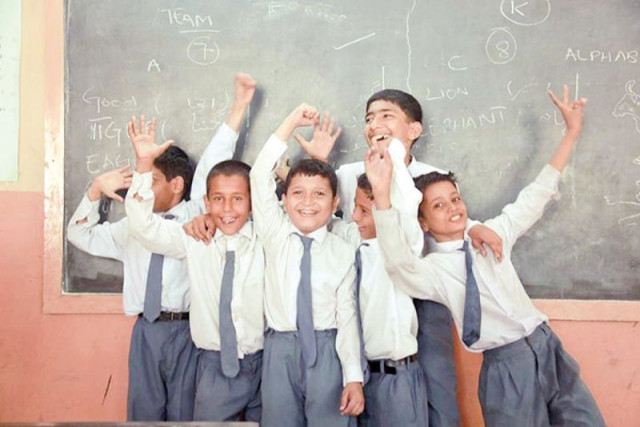
If you have a chief minister who also runs the education department, you can be guaranteed Balochistan will give this area a big push, and rightly so. Spending on primary schools alone will be Rs29 billion this financial year—even more than law and order—out of the 215-billion-rupee budget, according to the provincial secretary for education, Abdul Saboor Khan.
The province has steadily been giving education higher priority. “Our government is negotiating with international donors and the government of Punjab for funding to meet our needs for primary and higher education,” says the chief minister’s education advisor, Raza Muhammad Khan Barrech.
This year’s budget gives salary increases to teachers across the board, favouring the more qualified. There is more investment in training institutes. In the works is also a policy to rope in private schools, seminaries and mosque-schools.
Students can expect scholarships within the country and abroad, and better infrastructure, like walls, roofs, toilets and repairs. In fact, one billion rupees will help add rooms to primary schools so they have space for secondary school classes. More classrooms are being added in Gwadar, Nushki, and Kech, for example.
One concern for observers, however, is how the budget is negotiated. Balochistan takes its liberty with the ‘revised’ budget, highlighting vast differences between funds promised and funds spent. And so, while it is clear there is an upward trend in education spending, there is a gap between planning and what happens on the ground.
Vacillating numbers are also worrisome. Last year, primary and secondary education funding spiked from 32% to 52% between the provisional and revised budgets. This year, these numbers have shrunk. Primary education is getting less (23%) than secondary and university education. And so, while Advisor Barrech says they are keen to constitutionally provide free and compulsory education for all five to 16-year-olds, the vagaries in funding raise questions.
Primary schools definitely need to be a priority given that Balochistan has the lowest enrollment rates in Pakistan. Only two-thirds of children go to school. Dera Bugti, where a staggering 89% of children are out of school, only Rs9 million has been set aside. It is not difficult to see why it is the worst-performing district in the country.
The budget also needs to be tweaked for gender equality. Around 60% of Balochistan’s primary schools are all-boys and 26% are co-educational. Only 15% are for girls. In Awaran district, no money has been set aside for any secondary schools for girls. But there is money for two boys schools!
The budget is only one part of the picture. Any improvements to schooling are linked to security. In many cases it is simply unsafe for children to get to school. It should come as no surprise that Kohlu and Dera Bugti—the districts where the rebel-led insurgency has been the strongest—have the poorest indicators.
But it is here that the military has put in large sums of money (that do not appear in the provincial budget). The army has, for example, invested in its own public school system, hostels, stipends and scholarships, as well as institutes of higher education, to mitigate the crisis.
One example is the Chamalang Beneficiary Education Program set up four months after Nawab Akbar Bugti was killed in 2006. Its aim was to provide free quality education to thousands of Baloch children in the province. It has spent Rs73 million each year. The money comes from the army’s Chamalang coalmines at Kohlu and Loralai and is dedicated primarily to the children of the Marri and Bugti tribes.
Outside help has come in the form of donor funding. “We have used $19 million of that to build 633 schools out of which 225 are brand new buildings,” explains Prof. Dr Abdul Tawab Khan, who oversees this spending as the MD of the Balochistan Education Foundation. “We have built schools in communities with as little as 20 houses.” They have been built in the “jungle”. The trick was to open what they call “community” schools in 408 homes. This money is now reaching 27,000 students.
It is these examples paired with the provincial government’s focus that seem to say that while Balochistan has a long way to go, it is trying to get there fast.
With writing by Saim Saeed in Karachi
Published in The Express Tribune, December 11th, 2014.
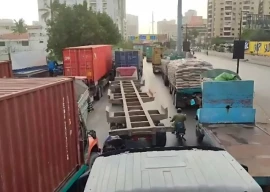
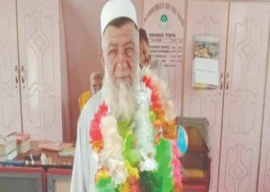
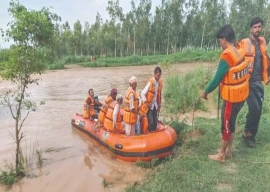
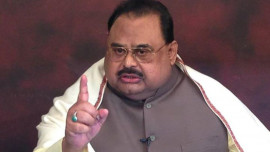
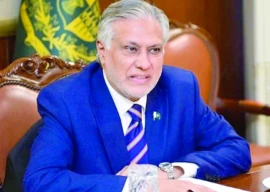
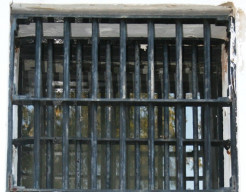












COMMENTS
Comments are moderated and generally will be posted if they are on-topic and not abusive.
For more information, please see our Comments FAQ